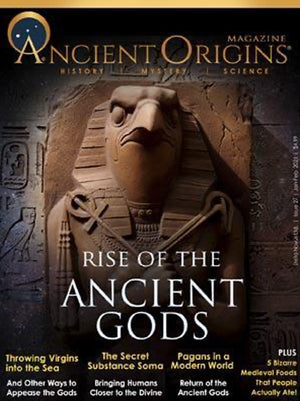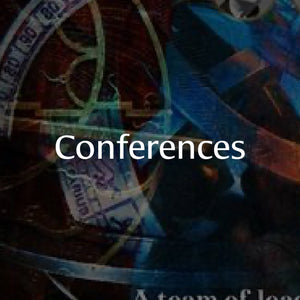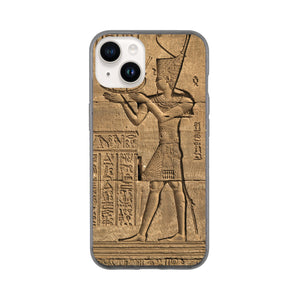
The Hittites - Hidden History of Hattusa
- Regular price
- $17.00
- Sale price
- $17.00
- Regular price
-
- Unit price
- per
-
Product Information
Who were the Hittites that the Bible speaks of?
Sometimes they are referred to as the ancestors of the Canaanites, and the founders of Jerusalem… but were they? The Hittites were considered a mighty Bronze Age Civilization, with their capital at Hattusa (modern-day Bogazkale in Turkey). The Hittites are most famous for their peace treaty with Egypt after the Battle of Kadesh (1259 / 1258 BC). By the time the Hittites – of Indo-European descent – moved into the region during the 17th and 18th centuries BC, Hattusa had already existed since 2000 BC and was beset by the Hatti people. At its zenith, some 40 000 to 50 000 people lived in the city and the walls stretched for 6.5 kilometers – the largest Bronze Age settlement. The Hittites established an ancestry of 28 Hittite kings, and the empire reached from the Black Sea in the north, the whole of Anatolia, including the Mediterranean coast, down the Levant including parts of modern Syria. It fell at the end of the Bronze Age (circa 1200 BC).
The ruins of Hattusa were discovered in 1833. Evidence is clear that the city was destroyed by fire, but archaeologists are perplexed that the fire was so violent; it made limestone explode in fragments and other cities were also destroyed at the same time. Evidence of cultures in the Near East, including Palestine, fortresses in Syria, and even cities in the Nile Delta that were also incinerated may point to ‘fire from heaven’ or a meteor strike.
Marco M. Vigato, an independent researcher into ancient mysteries and megalithic civilizations, takes us on a tour of Hattusa, enhanced by his own photographs. The Hittites were known as a people of a thousand gods, and Marco explores the Great Temple complex which bears an uncanny resemblance to Inca masonry and the great Sun Temple of Qorikancha in ancient Cuzco. Another enigmatic feature of the temple which one also finds almost everywhere amidst the ancient ruins of Hattusa, is a large number of perfectly circular drill-holes cut deep into the rock. There is also a large green-stone boulder (probably nephrite or jadeite) which has been the subject of much speculation. The city gates are especially remarkable as they show a polygonal style of masonry not unlike that of Mycenaean Bronze Age walls. The most famous gates are the “Gate of the Lions” and the “Gate of the King”, which took their name after the bas-reliefs decorating the frames. He discusses the enigmatic staircase leading up the Yerkati rampart, the so-called “Hieroglyph chamber” and many other architectural features of this once-great city.
Marco M Vigato, a native of Italy, lives in Mexico City and has traveled extensively across Europe, the Middle East, North Africa, South-East Asia, North and South America. He is also a passionate photographer, dedicated to documenting the evidence of ancient advanced civilizations and sacred sites around the world. Much of his recent research has focused on the megalithic remains of ancient Mexico and Mesoamerica, leading him to the discovery of several little-known sites showing evidence of advanced engineering and architecture in the central Mexican highlands. He is currently working on a more comprehensive study of the origins and development of megalithic civilizations around the world, which will focus on cultural and historical aspects, as well as on the relationship of ancient megalithic sites with sacred geometry, astronomy, and geodesy. He holds an MBA from Harvard Business School and a B.A. and M.Sc. in Finance from Bocconi University.






















